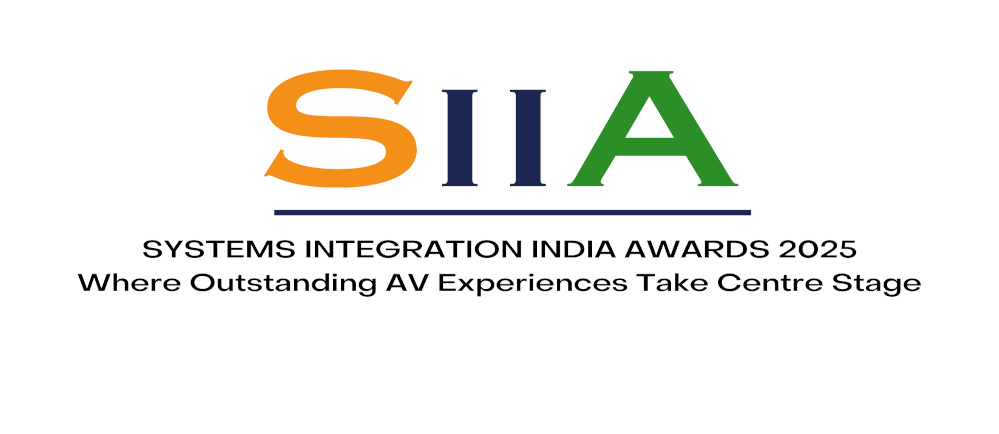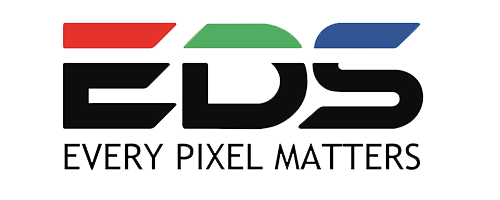BUDGET: Between 1 crore INR and 4.99 crore INR (More than USD135,000 but less than USD540,000)
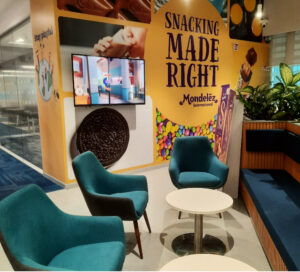
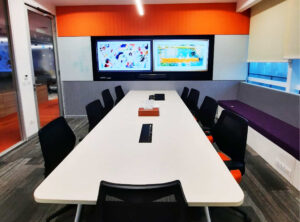
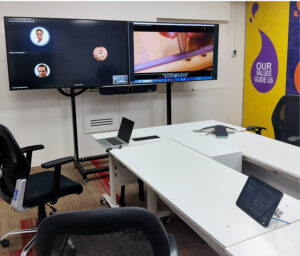
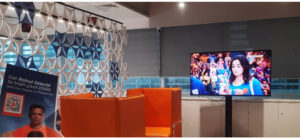
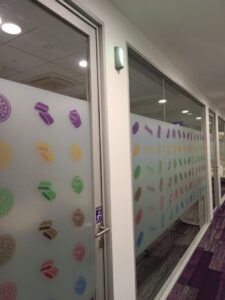
Project Overview
Mondelez India initiated a comprehensive AV modernisation program across six key locations: Mumbai (HO), Thane, Pune, Baddi, Malanpur, and Chennai, to deliver a consistent, future-ready collaboration experience across its enterprise landscape. The initiative focused on implementing intuitive, next-gen systems that enhance productivity without overwhelming users, especially those with limited technical proficiency. This user-centric approach empowers employees to manage meetings and collaborative sessions with confidence independently. A core focus of the initiative was to ensure uniformity across all sites; every room, regardless of location, offers a standardised control interface and experience. Whether in Mumbai or Chennai, users interact with the same environment. At the heart of the deployment is a scalable AV architecture built on centralised management, wireless presentation, hybrid video conferencing capabilities, and intelligent room automation. Play implemented this strategic framework across all sites. The outcome is a robust, unified AV ecosystem that simplifies enterprise communication, supports future scalability, and ensures every user has a reliable, frictionless experience, no matter where they’re working from.
What did the client want to achieve?
Mondelez sought to eliminate inconsistencies in AV performance across its offices and introduce a frictionless, unified user experience. Their vision was clear: empower teams with easy-to-use, future-ready collaboration tools that worked identically across locations—be it for high-stakes boardroom discussions or operational training sessions. They did not want users to struggle with technology, allowing them to focus on their meetings instead. Key ambitions included streamlining hybrid meeting setups, enabling real-time wireless content sharing, and reducing reliance on IT for everyday AV operations. The goal was not just to upgrade hardware but to reimagine workflows with a consistent interface and dependable tech behaviour. The client wanted a unified ecosystem for meetings, trainings, Townhall, signage communications and a wow experience for visitors. The client also wanted to check the room’s occupancy from a distance, rather than personally visiting to confirm its availability.
Scope of work your company was involved in
We conducted a detailed requirement analysis involving architects and interior designers to align functionality with aesthetics. Play executed a full-spectrum AV integration—covering solution design, hardware selection, network alignment, installation, programming, onboarding, and ongoing support. Each space was customised with core functions like content distribution, conferencing, and platform-agnostic VC. Highlights included a branded hologram display at the reception, occupancy sensors with LED light bars for boardroom availability, and digital signage across floor lobbies, cafeterias, and menu boards. Dual-display VC rooms enabled simultaneous content sharing and near/far-end conferencing. Unified touch interfaces, intelligent audio processing, and remote device management ensured seamless, scalable performance. A standout innovation was the flexible town hall setup—merging two training rooms and a cafeteria via partition control. Each could function independently without sound bleed or combine into one cohesive venue. Wired and wireless BYOD casting options were included across rooms. The system was built on a modular design with built-in redundancy and centralised control to ensure operational efficiency and future scalability.
What Key Challenges were faced?
The solution design needed to align seamlessly with the aesthetic expectations, without compromising on functionality or performance in any way. A significant challenge was achieving seamless standardisation across multiple environments with vastly different infrastructure capabilities, user profiles, and usage patterns. Designing a common AV framework that could flexibly adapt to executive, operational, and training use cases without diluting usability was complex. Synchronising deliverables across parallel deployment timelines and managing supply chain variables during procurement posed additional hurdles. Variations in electrical and network readiness created on-site unpredictability. Moreover, equipping non-technical users with advanced hybrid collaboration tools required a simplified interface without sacrificing functionality. External dependencies, such as third-party contractor schedules and multi-agency approvals, also threatened to delay the deployment cycle. To minimise operational disruption in active commercial spaces, our team had to execute critical work post-business hours. Lastly, the need for backend scalability while maintaining frontend simplicity added a layer of architectural complexity that had to be addressed from the ground up.
How were those challenges resolved?
We collaborated with interior designers to adjust layouts without compromising performance. Design revisions during execution due to architectural or functional changes were managed through updated BOQs and continuous stakeholder coordination. In cases of post-delivery design changes, we ensured hassle-free equipment returns without restocking charges. Play approached the project with a core framework strategy—designing a universal AV configuration that could be dynamically adjusted based on site constraints while keeping user interaction uniform. Extensive site audits allowed for proactive alignment of infrastructure with AV requirements. A modular hardware configuration with pre-commissioned templates accelerated deployment and reduced on-site dependencies. Interface designs were optimised for simplicity, using preset modes and smart automation that required minimal user input. Cross-functional coordination was streamlined through dedicated project managers and weekly milestone reviews, ensuring transparency and agility. Where external approvals were needed, Play worked closely with PMC and facility teams to fast-track execution through technical documentation and readiness mapping. This systematic approach ensured smooth delivery under diverse and dynamic conditions.
How has your work helped the client
The client now benefits from a uniform AV experience across all operational zones, which has significantly improved meeting productivity and user independence. The divisible room (T1,T2 & cafeteria) Townhall now hosts large team meetings, events, and gatherings, eliminating the need for travel to external venues. Training and meeting rooms have also become more impactful. With wireless sharing, hybrid conferencing, and intuitive controls now standardised, teams require minimal support to initiate or manage sessions. This has resulted in faster meeting turnarounds, improved engagement in remote collaboration, and reduced downtime. Centralised AV management tools have streamlined IT operations, allowing proactive system maintenance and remote troubleshooting. The infrastructure is now scalable and replicable, which supports future expansions without the need to redesign from scratch. Feedback from end-users indicates higher satisfaction levels, especially with the plug-and-play simplicity and consistent interface behaviour across sites. This transformation has strengthened internal communication, enhanced training effectiveness, and positioned Mondelez for seamless global integration with partners and remote teams.
What are you most proud of about the project?
The most gratifying achievement was creating a consistent, enterprise-grade AV ecosystem that feels intuitive regardless of user location or technical expertise. We successfully engineered a system where complexity exists in the backend, but the frontend is delightfully simple, all thanks to our team that worked day and night. Users no longer need to adapt to different systems from room to room—they walk in, press a button, and it works. Achieving this level of harmony across diverse environments speaks to the strength of our planning and execution. Equally rewarding was the client’s recognition of our efforts—highlighted by direct appreciation and repeat engagement discussions. This project wasn’t just about hardware—it was about futureproofing the way a global brand communicates, and we’re proud to have played a core role in making that happen.
